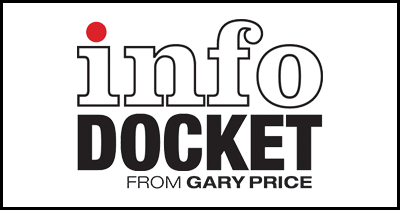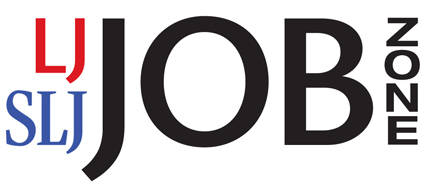Higher Ed: EDUCAUSE Releases ECAR Study of Undergraduate Students and Information Technology 2013
The 2013 report was released earlier today by ECAR (EDUCAUSE Center for Analysis and Research). ECAR has been releasing this report annually since 2004.
Direct to Full Text Report (49 pages; PDF)
Direct to Infographic (PDF)
From the Report’s Web Page:
In 2013, ECAR collaborated with more than 250 higher education institutions to collect responses from more than 112,000 undergraduate students about their technology experiences and expectations. The findings are distilled into four broad themes to help educators and higher education institutions better understand how students experience technology on their respective campuses and the ways in which new, better, or more technology can impact students’ relationship with information technology.
Key Findings
- Students recognize the value of technology but still need guidance when it comes to better using it for academics.
- Students prefer blended learning environments while beginning to experiment with MOOCs.
- Students are ready to use their mobile devices more for academics, and they look to institutions and instructors for opportunities and encouragement to do so.
- Students value their privacy, and using technology to connect with them has its limits.
Findings of Interest
- “Freely available course content/open educational resources, e-books, simulations and education games, and e-portfolios are still in the experimental stages for most students.” (p. 5)
- As with OERs, experimentation is also the norm for students’ use of e-books, e-portfolios, and simulations/educational games. The most common answer regarding the scope of use in the past year was that students have used these in just one course ” (p. 13)
- Students’ interest in their instructors’ using e-books, e-portfolios, simulations/educational games, and OERs is substantially higher than just a few years ago (see 2011 to 2013 growth; Comparing 2012 and 2013 data exclusively, we find that students’ interest in their instructors’ using these tools has waned a bit, with fewer stating “use it more” and more stating “use it less” this year than last year. ” (p. 13)
- “ECAR focus group students were asked about MOOCs by acronym, by the spelled-out name (massive open online course), and by the names of common MOOC providers (e.g., Coursera, Udacity, edX, MITx, etc.). Despite this variety of opportunities to recognize this unique medium for instructional delivery, blank stares were returned. When prompted about their interest in taking a fully online course, offered by a premier instructor and with highly polished and produced course content, they seemed interested until they were informed that they would be in the course with 10,000, or 30,000, or 100,000 other students. At that point they scoffed at the idea and—unprompted— reiterated that one of the things they like about their current education paradigm is the ability to make personal connections with their instructors. ” (p. 19)
- “If given the opportunity, how would students use smartphones as academic tools? Their most frequent answers were sourcing information (looking up information or accessing digital resources) and photographing information while in class.” (p. 29)
- “Use of various IT tools and resources (e.g., library, CMS, e-books) is about the same this year as last year.” (p. 38)
- “Desktop computer ownership is still strong, but this year we found that students use institutionally provisioned desktops mostly to access on-campus printing and library services.” (p. 38)
- “In investigating the magnitude of use of open educational resources, e-texts, simulations and games, and e-portfolios, we found that these are experimental experiences for most students; they typically have used them in one class or on occasion rather than as part of their education resource ecosystem. We also found that students are not telling us they want these resources used more—in fact, interest is either flat or decreasing.” (p. 39)
- “Ratings of the importance for IT tools and resources (e.g., library, CMS, e-books) and of institutionally provided services, applications, and websites are waning in nearly all cases. (p. 39)
Direct to Full Text Report (49 pages; PDF)
Direct to Infographic (PDF)
Filed under: Data Files, Libraries, News
About Gary Price
Gary Price (gprice@gmail.com) is a librarian, writer, consultant, and frequent conference speaker based in the Washington D.C. metro area. He earned his MLIS degree from Wayne State University in Detroit. Price has won several awards including the SLA Innovations in Technology Award and Alumnus of the Year from the Wayne St. University Library and Information Science Program. From 2006-2009 he was Director of Online Information Services at Ask.com.



